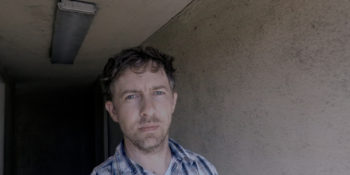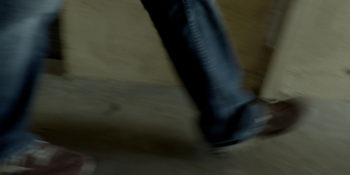Why are shot lists helpful to filmmakers?
Have you ever thought about creating a shot list for documentaries? If you are new to documentary filmmaking, this might not be top of mind. The way you shot a documentary is to capture what is happening in front of you as best you can and let it play out, right? Well, yes and no. What if you treated a documentary production like you might a scripted movie production?
You’d be very surprised how planning ahead and approaching a shoot will help you to get better coverage. It will also help train your eye to know what would be the best content to capture and what should be ignored. Having a shot list does not mean you are confined to only the shots you listed on your sheet of paper. A shot list, instead, is a road map that allows you to go off and explore knowing how to get back on track.
How shot lists used are used in scripted movies.
Typically, a scripted movie operates much differently than a documentary. A script is carefully crafted ahead of time, then the director and cinematographer work together to choose the best shots needed to tell the story. There is a production design team that helps dress the set, there are cast members that learn their lines and a whole team that works to stay on schedule and check off the shots that have been determined ahead of time.
When I direct a movie I have a shot list that I have prepared ahead of time and we go through the list and cross off the shots as we complete them. It is always a good feeling to be able to scratch a shot off my shot list in the goal of making our day.
Great directors don’t always stick to their shot list as though it is gospel. Many times, they use that shot list as a guide or a wish list. When it is crunch time or things are running behind schedule the director will often times use their shot list as inspiration to come up with a different way to shoot the scene. Sometimes the best work from the entire filmmaking team is when they have to use some creative problem solving to make their day.
Why the default documentary coverage may be hurting your work.
Many filmmakers start out doing documentary work in the form of corporate video. They are doing video testimonials or company introduction videos and they go with the default coverage approach. What is default coverage?
I tend to see the default coverage approach as doing the interview then spray the area with random b-roll to cover up your edits and make it feel more interesting when piecing the video the together. In theory this should work, but the problem comes into play when you look at the intention of the footage in the edit. You also start to notice that the content is not really any different from an of the other content that is out there.
Treat your documentary or vlog like it is a movie.
What would it look like to treat your documentary or vlog as though it was a scripted movie. Approaching a shoot with some intentionality can only elevate the quality of what you put out.
For example, let’s say you have an interview you have to shoot. The interview is for a coffee shop owner. Before you show up for the interview you decide to make a shot list of possible shots you might want to get.
- MS Interview
- CU Interview
- WS Coffee Counter
- MS Barista Working
- CU Making Cup Of Coffee
- CU scooping coffee grounds
- CU selecting coffee filter
- CU Inserting coffee filter into maker
- MS Selecting Cup
- CU Coffee pouring into cup
- WS Exterior of building
- MS Follow Patron enter coffee shop
- CU hand on door
- MS Patron at counter
- CU Patron picking up order
- CU Patron drinking beverage
- WS/MS Coffee Shop Sign
This list could easily expand or contract depending on the intentions of the shoot.
Now, during the interview, the coffee shop owner mentions that their specialty is latte’s and they get very few plain coffee orders. (This is something you should have uncovered during a pre-interview meeting). They also have just started roasting their own beans. This may completely ruin your premade shot list, but knowing you need a cu shot of the coffee grounds maybe you switch that to coffee beans. You also start to see that you are selecting shots for the edit that will best tell your story. There is a mix of wide, medium and close up, and that can be applied to any scene. Go beyond that and try including reaction shots. What is the subject looking at? What is their reaction? Should we see what they are looking at?
Observer their actions and try to get the shots you need to tell the story in an engaging way. The more you do this the easier it will become. Eventually it will become second nature and you’ll know what shots you need and then be able to experiment with those super interesting shots that you would have otherwise not been able to get because you were trying to remember the stuff you absolutely needed.
How about a vlog? The same thing goes for that too. Remember how Casey Neistat sets up a camera so that he can walk by the camera or establish where he is at from a distance? This all comes from pre-planning.
Whey you plan your day, think of the necessities you need to tell your story. Do we need to know where you are at? Do we need to see what you are doing? What coverage do you need to make your walk down the street more interesting? Thing of your vlog in sequences with a beginning, middle and end. You can then start to craft the shots you need with that in mind.
A vlog where you walk down the street could have a shot list that looks more like this.
- WS walking
- MS Face
- CU Hands With Keys
- CU Feet
- WS POV






